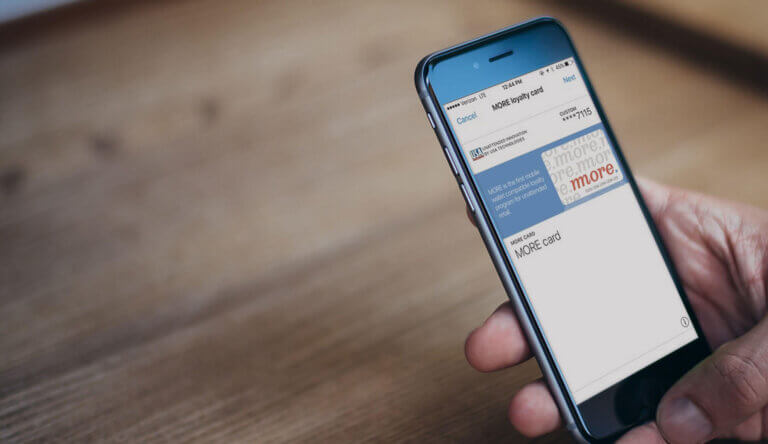
CES 2017: My Top 4 Takeaways

Mike Herrick SVP of Technology

Share to my network
In this article
Categories
Book a meeting
Connect with our team of experts to discuss your conversion and loyalty goals, and how we can help you achieve them faster.
Get a demoI attended CES 2017 last week. As usual, the event is just massive with over 175,000 attending and over two million net square feet of exhibit space. I walked many miles and took many Lyfts to get around town to events, exhibits, meetings, and parties. It was a great way to kick of 2017.
Here are my top four takeaways:
1) Value Added Services Will Transform the Digital Wallet
I attended the Digital Money Forum which was a real thrill. Much of the discussion was focused on user experience. The consensus of the panelists was that providing consumers with utility in their wallets will drive mass adoption of digital wallets — and accelerate the demise of the physical wallet and physical credit cards.
As a case in point, USA Technologies demonstrated vending machines working with Apple Pay VAS (Value Added Services), and Urban Airship’s mobile wallet solution, Reach.
Together, we can now seamlessly enroll purchasers into a loyalty program to deliver an amazing customer experience.
Related post: Next Level Loyalty Comes to Apple Pay
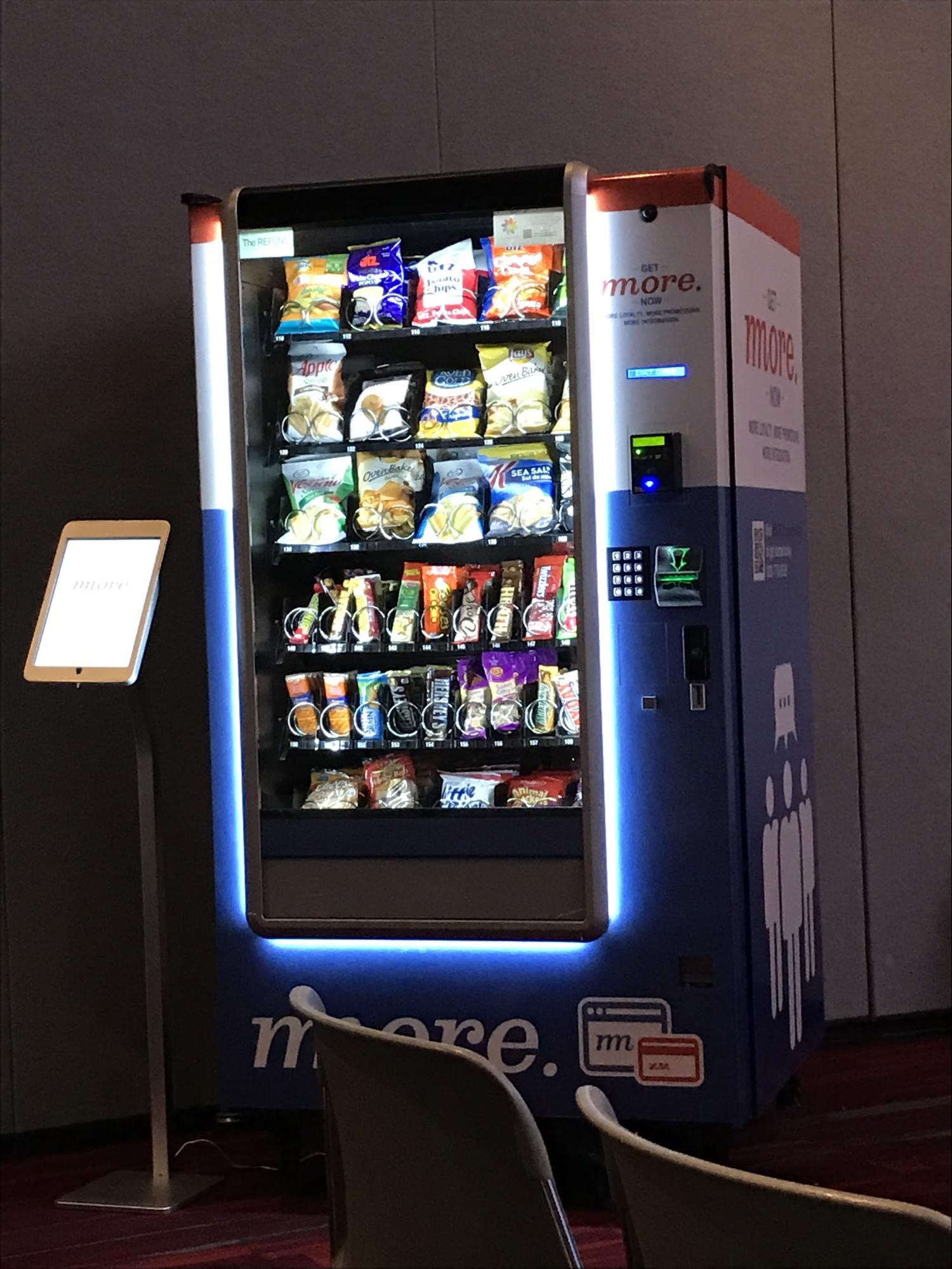
USA Technologies self-serve retail vending machine accepts payments via Apple Pay, and automatically generates or updates a mobile wallet loyalty card for customers, creating a nearly frictionless loyalty and payment experience.
How does it work?
After using Apple Pay to purchase something from the vending machine, a customer receives a notification to enroll in the loyalty program. If the customer chooses to enroll, they receive a prompt to download their mobile wallet loyalty card.
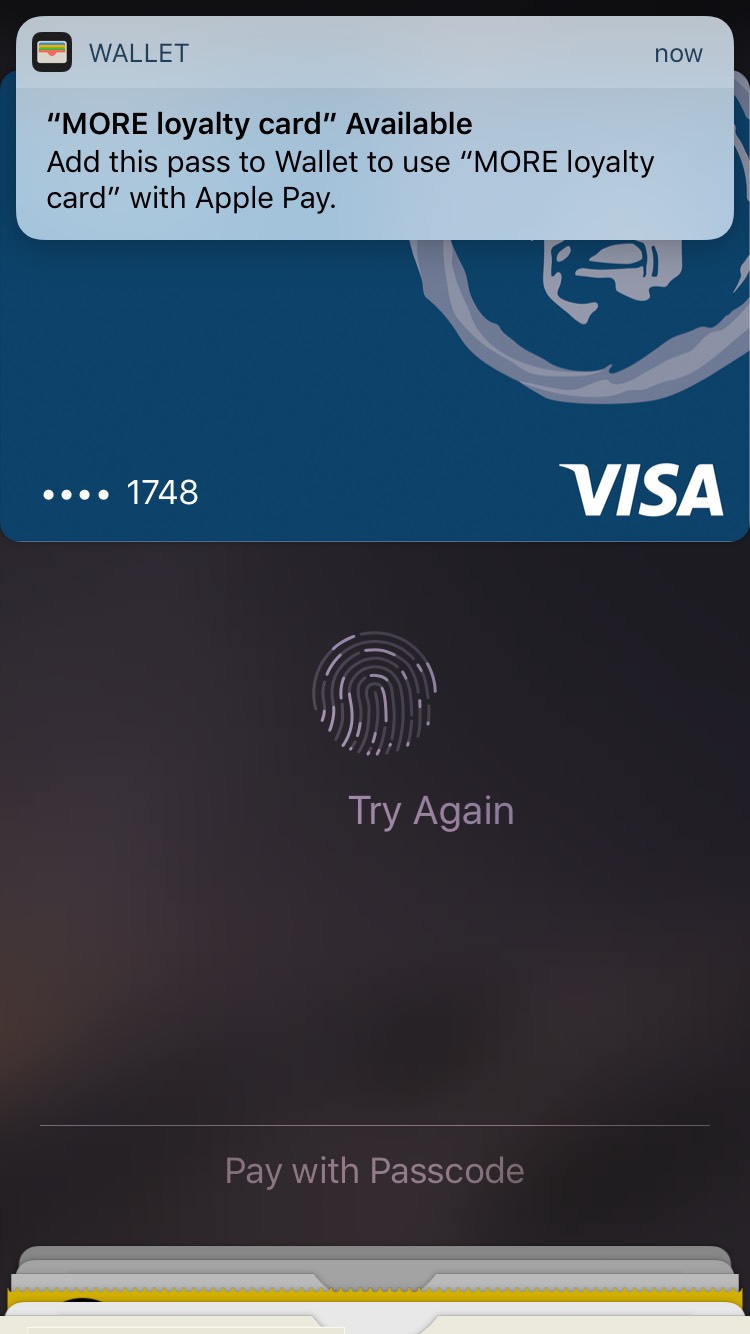
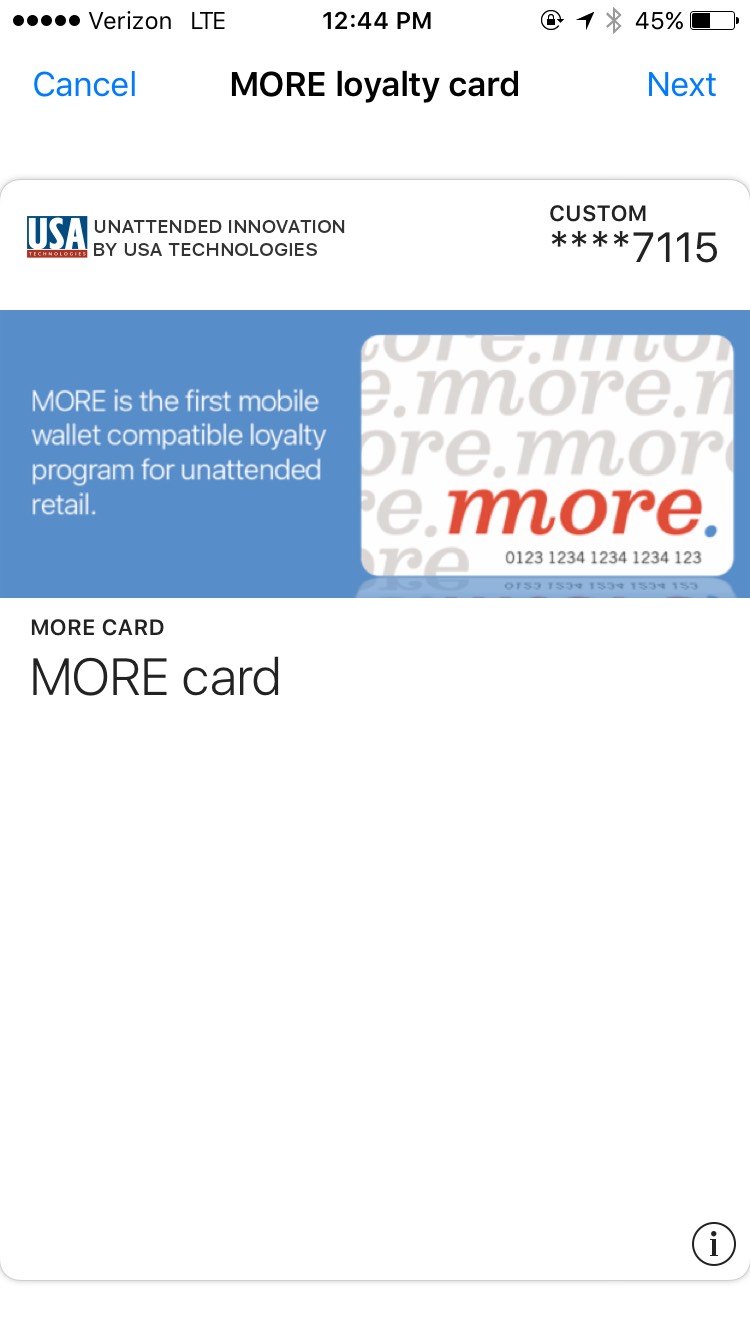
Subsequent transactions with the vending machine send the loyalty membership information via NFC as part of the payment transaction for a seamless experience.
2) Artificial Intelligence is Here — and Nothing to be Afraid of
On Wednesday night, I attended Fortune Brainstorm Tech Dinner. The highlight for me was Adam Lashinsky’s interview of Andrew Ng on AI trends.
Andrew put the the audience at ease when he declared that Westworld is likely at least 100 years away — perhaps 1,000 years.

He has a good rule of thumb, if a human can perform a mental task in less than a second, it’s likely a computer aided by AI can take over that task.
AI is one the product development areas at Urban Airship that is potentially most transformative. We collect an enormous amount of data which will help us provide even greater insight and automation on behalf of our customers as our artificial intelligence capabilities mature.
3) AR Will Be More Useful Than VR, but It’s a Couple Years Away From Disrupting the Smart Phone
It has been pretty widely reported that VR disappointed at CES this year.
I tried out some of the latest virtual reality technology. While there are absolutely use cases for gaming, entertainment and certain design-oriented tasks right now, in its current form, VR is not something I see mass market consumers using a lot or being the next major platform.
Strapping on a headset that shuts off the real physical world is disorienting and anti-social. When I have them on, I feel like a shell of myself.
Augmented reality glasses seem much more likely to break through to me. I still feel like a fully functional human being when I have them on — and I’m much less likely to run into something (or, you know, fall down).
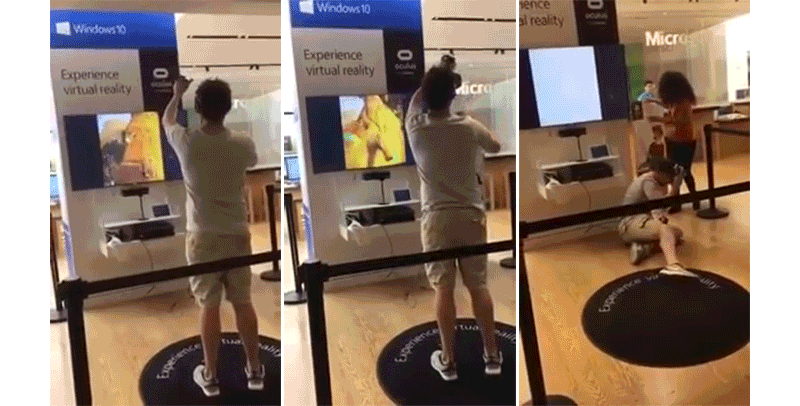
Something along the lines of Google Glass could break through to the mass market if done right.
Osterhout Design Group demoed their latest iteration of this with better hardware.
Snap’s Spectacles use case is limited today, but could dramatically evolve in the coming years.
Details are starting to emerge in the media on what the Magicleap technology will look like when it comes to market.
Some sort of eyeglasses device is the only thing I see rivaling the mobile smart phone in terms of engagement in the next 3-5 years.
4) Virtual Assistants Are Accelerating and Becoming a Viable Engagement Channel
Alexa was everywhere at CES.
Ben Thompson had a great post last week on Alexa: Amazon’s Operating System. A significant difference of Amazon’s strategy is that they are promoting embedding Alexa all over the place and building a large ecosystem around it.
While Apple brought the Siri virtual assistant to the iPhone in 2011 as a feature, the Amazon Echo brought the Alexa virtual assistants to the home in 2014 as a new in-home smart device.
Alexa is now showing up embedded in cars, lights, appliances, robots, TVs and my personal favorite, ART! Soundwall demonstrated a tech preview where Alexa can be embedded into any work of art or design.

I see a lot of promise in virtual assistants in the home and car in particular. The user interaction model is very natural in these environments where touch screens are not always accessible or desirable and people won’t think you are muttering to yourself.
While Alexa is in the lead and has a very disruptive strategy, Google Assistant, Apple Siri, and Microsoft Cortana are coming on strong.
With so much consumer adoption of virtual assistants, it’s clear that they are becoming a viable engagement channel. Our Mobile Growth Platform, with its Open Channels and Open Profiles APIs, is one exciting way brands will be able to connect with their customers through virtual assistants using mobile business intelligence.
Want to talk with us about how your brand can stay ahead of the curve when it comes to the latest tech trends for mobile messaging and beyond? We're happy to chat anytime – get in touch!
Want to stay in-the-know on all things tech and mobile growth? Subscribe to our blog today, and never miss a post!
